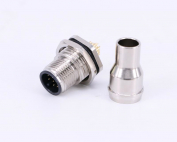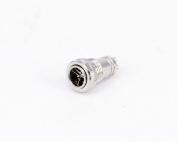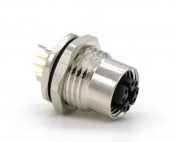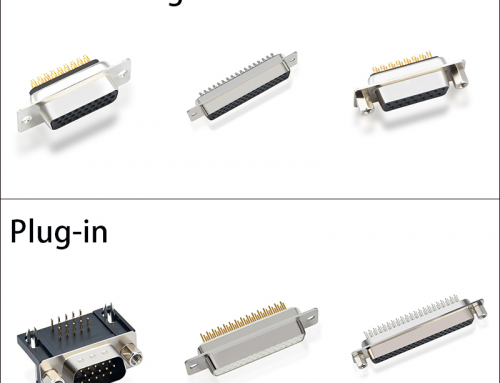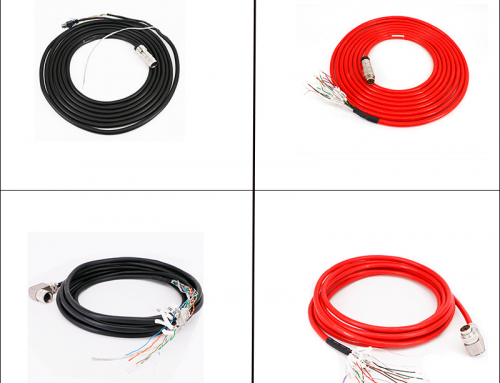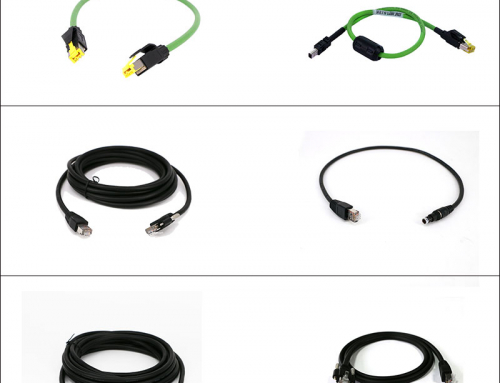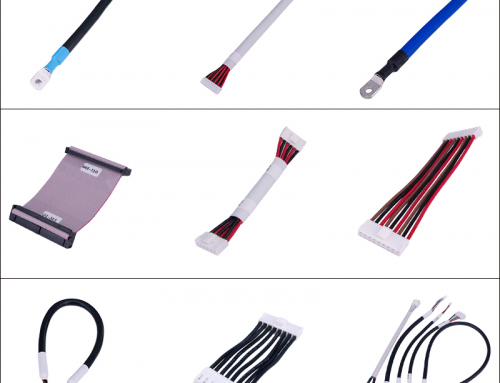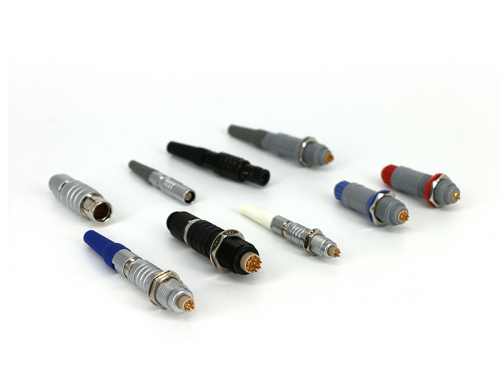
First, Identification test
Newly designed products, after the samples are manufactured according to their own design data, in order to check whether the product design information is correct, according to
The technical conditions require testing. After the sample test is passed, the design data can be finalized and transferred to the new product for trial production.
Second, production stereotype test
For products designed or copied by themselves, the stereotypes are still in the stage of trial production of new products.
Whether the paper, process materials, etc. are correct, whether the relevant process equipment, processing methods, etc. can ensure stable batch production,The whole project is tested on the product according to the technical requirements. After passing the test, the batch can be produced.
Third, routine experiment
For batch production, at regular intervals, to assess the stability of the quality of the product in batch production, or
After an important modification in the structure, manufacturing process, and material substitution of a product, it is to evaluate the product.
The ability to meet the requirements of technical conditions requires the testing of all specified items. The interval between the trials,
Product technical conditions are determined. For example, every three months, six months, one year, one and a half years.
Fourth, acceptance test
The acceptance test is an inspection process after the assembly of electrical products is completed. When each batch of products put into production is assembled. After the work, the factory inspection department conducts tests according to the requirements specified in the technical conditions. About the content of the acceptance test,The products have different requirements.
Fifth. Reliability test
(1) Environmental stress screening
A series of tests conducted under ambient stress to expose defective components and manufacturing defects for correction.
(2) Reliability research growth test
One of the measures to prevent the occurrence of these defects in the use of the product in order to expose defects and verify corrective actions
Series test.
(3) Reliability identification test
Samples of production technology status approved by government representatives, tests conducted under specified conditions to determine products
Whether it meets the specified reliability requirements and serves as the basis for approval of production.
(4) Production reliability acceptance test
A test performed by a government representative on a product that has been submitted or submitted under specified conditions to determine whether the product of the manufacturer meets the specified reliability requirements
Sixth, Engineering research, analytical testing
This test includes two main aspects of process testing and research testing of structural changes. Its purpose and purpose: The task is to analyze and study the quality problems of the batch products; to formulate new design structures and improve existing ones.Design structure; determine the possibility of material substitution or adoption of new processes and new technologies;Special requirements outside the pieces.



